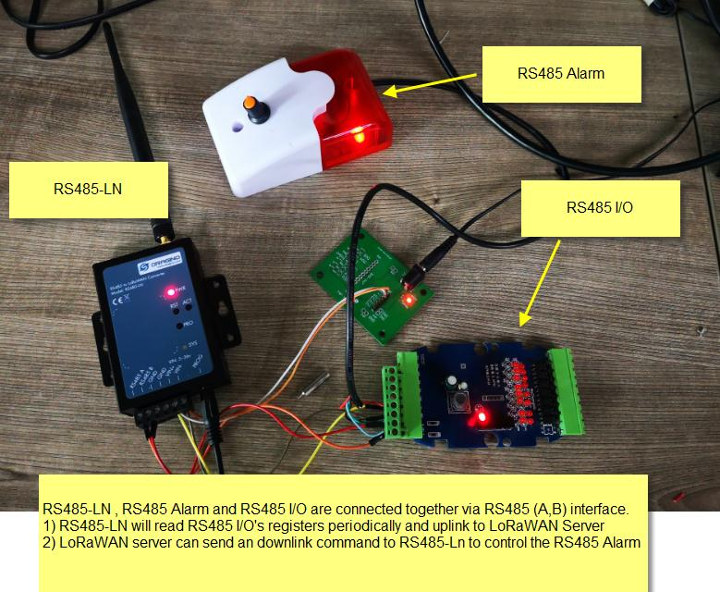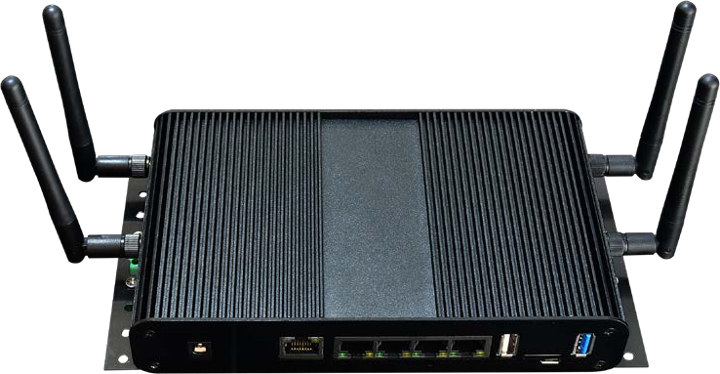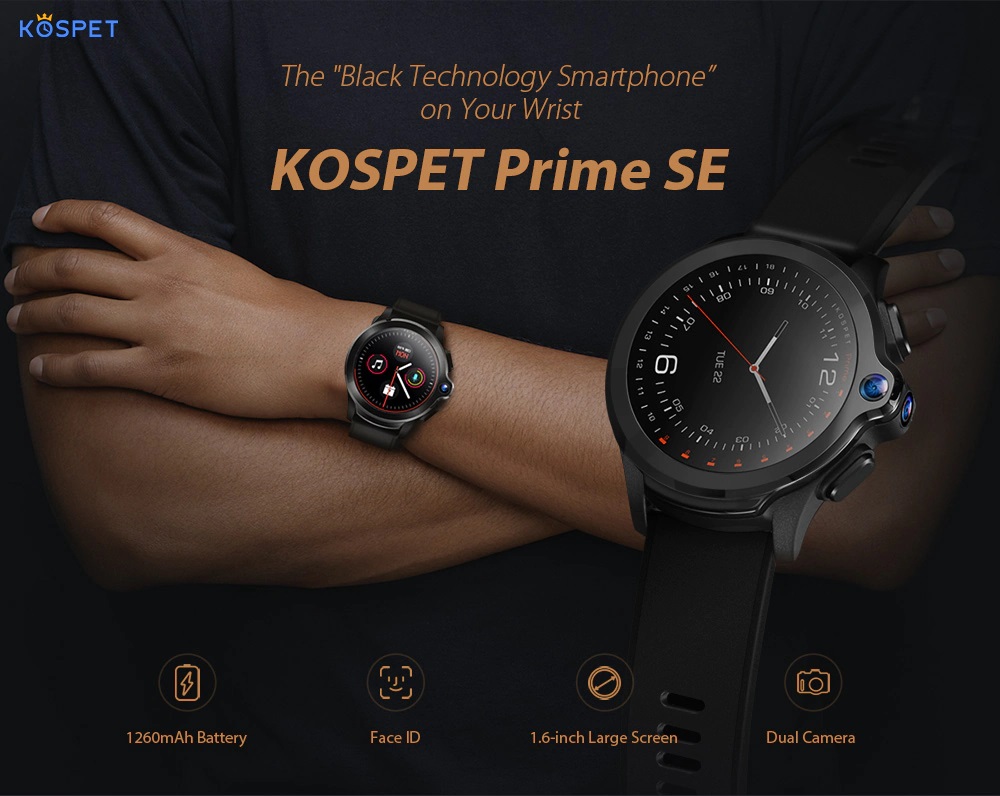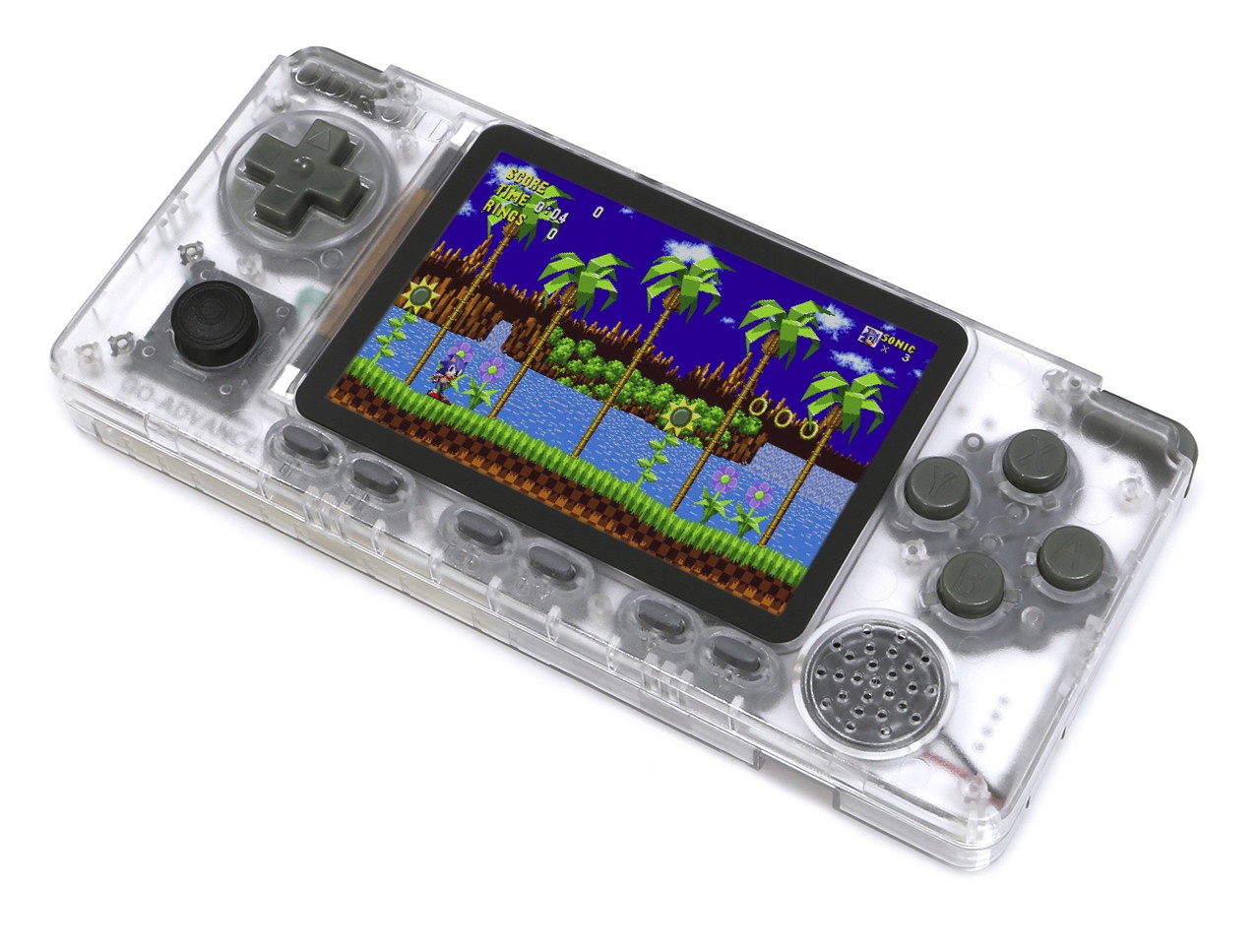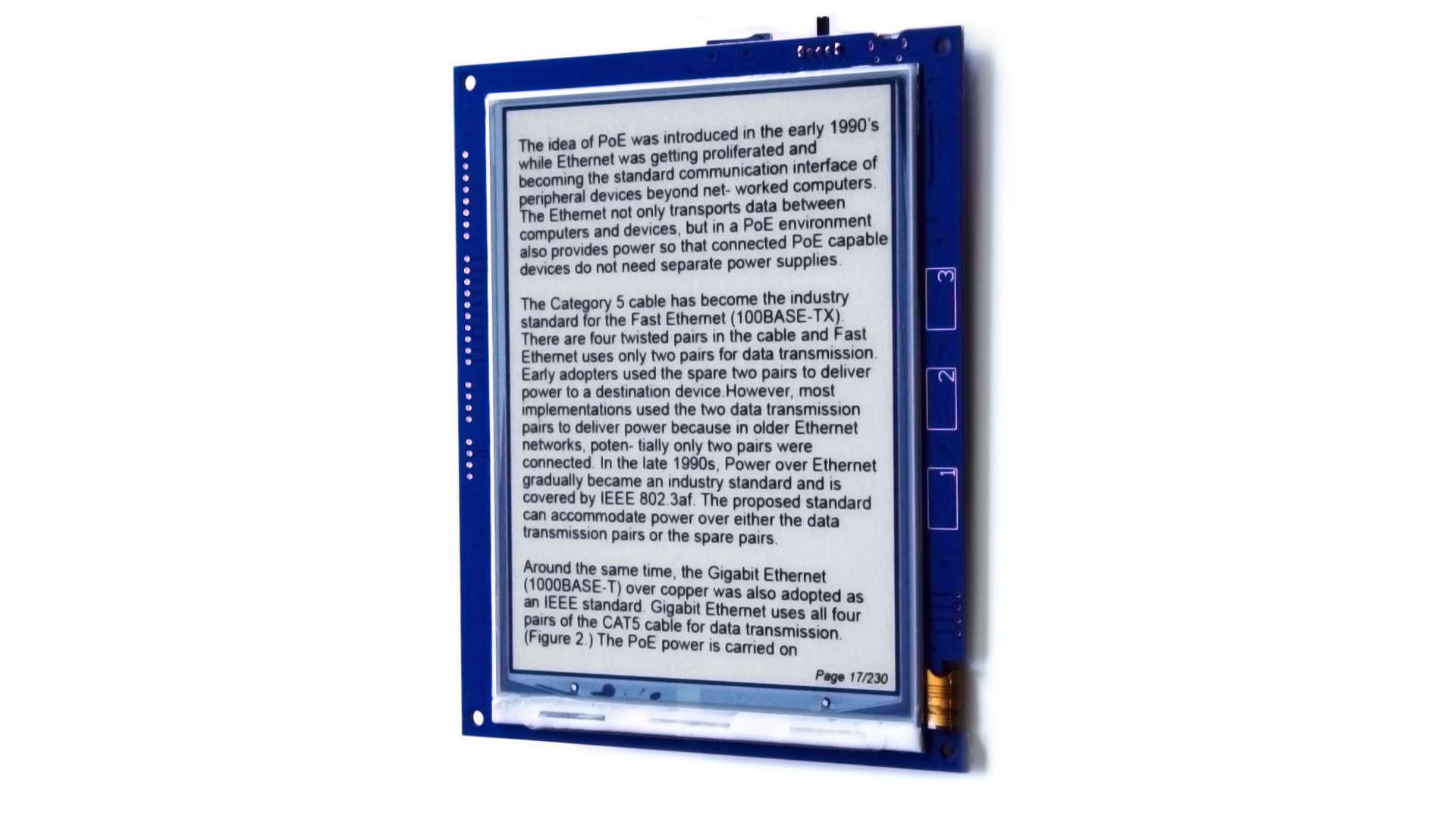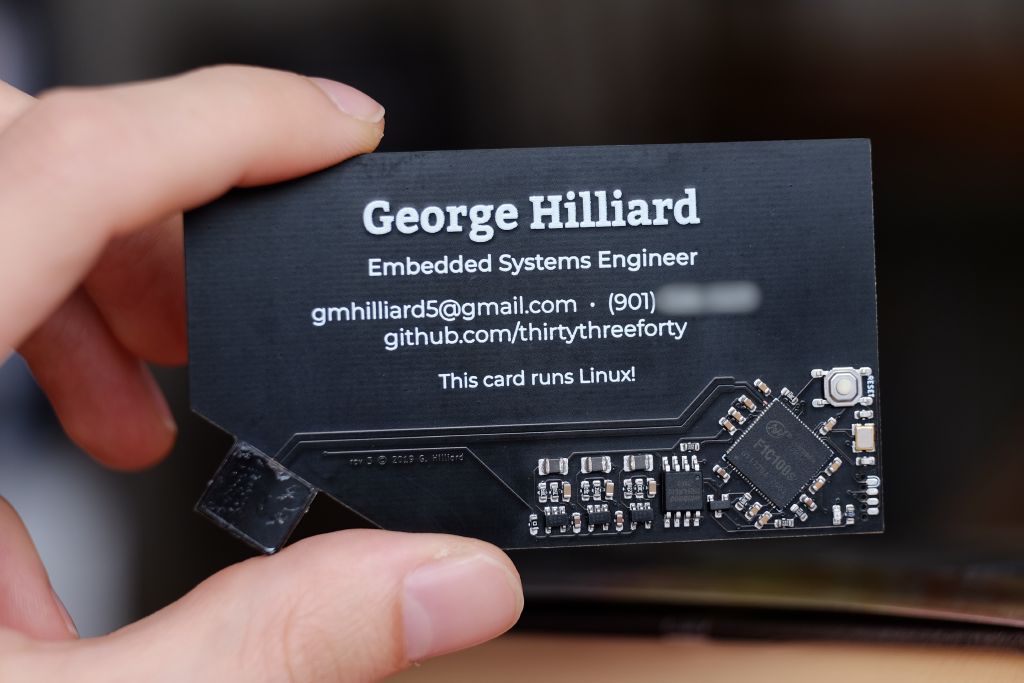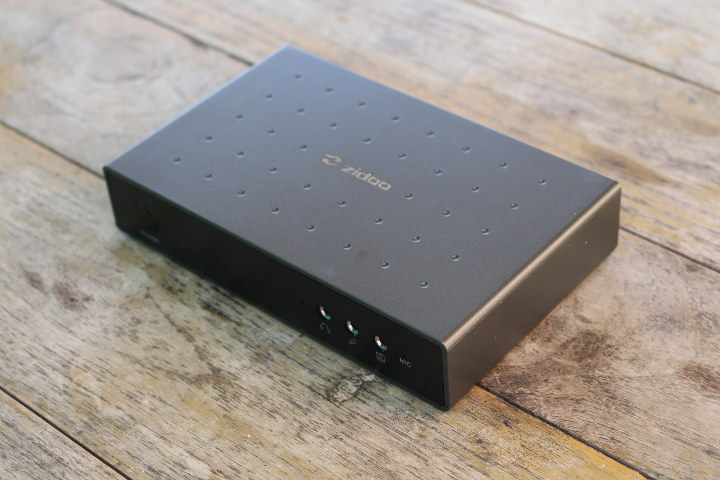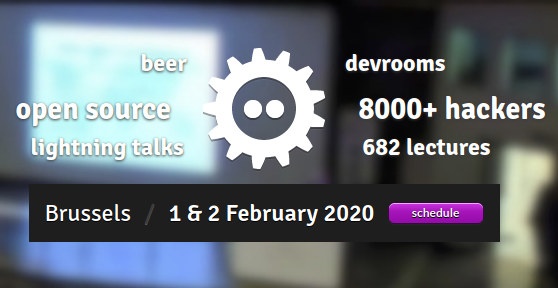RS485 sensor nodes are often used in smart agriculture, environment monitoring, or factory & building automation and work up to 1.2 km when using AWG 18 cables. If you already have such nodes but need to extend the distance, or would like to reduce the need for long cables, you could make use of Dragino RS485-LN RS485 to LoRaWAN converter which will work up to 10+ kilometers depending on conditions. Dragino RS485-LN key features & specifications: MCU – STMicro STM32L072CZT6 Arm Cortex-M0+ microcontroller MCU @ 32 MHz with 192 KB Flash, 6 KB EEPROM, 20 KB RAM Connectivity LoRaWAN Via SX1276 LoRa transceiver Frequency Range: Band 1 (HF): 862 ~ 1020 MHz Band 2 (LF): 410 ~ 528 MHz Bands – CN470/EU433/KR920/US915/EU868/AS923/AU915/IN86/RU864 168 dB maximum link budget. +20 dBm – 100 mW constant RF output Programmable bit rate up to 300 kbps. High sensitivity: down to -148 dBm. RS485 to […]
ESPRESSOBin ULTRA Gateway Features 5 Gigabit Ethernet Ports, WiFi 5, Supports 4G LTE Cellular Connectivity
Marvell ESPRESSOBin networking board launched in 2016 for as little as $39 with an Armada 3700LP (88F3720) dual-core Arm Cortex A53 processor, up to 1GB RAM, three Gigabit Ethernet ports, SATA, and a mPCIe slot for wireless connectivity. Globalscale Technologies is now back with ESPRESSOBin ULTRA with a similar base but more features, a metal enclosure, and a much higher price point. ESPRESSOBin ULTRA specifications: SoC – Marvell Armada 3720 dual-core Arm A53 processor clocked up to 1.2 GHz with packet accelerator System Memory – 1GB DDR4 (option up to 2GB) Storage – 8GB eMMC flash, 4Mbit SPI NOR flash, 1x M.2 2280 slot for SATA SSD Connectivity Switch – Marvell Topaz 6341 (88E6341) Networking Switch 1x GbE WAN with 30W POE 4x Gigabit Ethernet ports (LAN) 802.11ac Wi-Fi 5 2×2 MIMO module + Bluetooth 4.2 Optional 4G LTE cellular connectivity via mini PCIe and NanoSIM card slot USB – […]
Kospet Prime SE Smartwatch with Face Unlock Runs Android 7.1.1
The Face ID Unlock Technology in a Smartwatch Kospet, the maker of smartwatches, has developed the Kospet Prime SE, a smartwatch phone with Face Unlock/Face ID technology. The watch is sleek and not overly large or heavy, and come equipped with two cameras for face ID. Runs Android 7.1.1, Supports iOS 9.0+ and Android 5.1+ The Kospet Prime runs Android with support for Google apps and documents. The watch carries a 1.6-inch touch screen face. There is support for a 4G Nano SIM card that allows the watch to make calls based on the owners, (or someone’s) phone number and can sync to smartphones running Apple iOS 9 and later or Android 5.1 or greater. Dual Cameras There are dual cameras for Face ID accuracy, at 2.0 mp + 8.0 mp and also allows video calls at any time. The Face ID / Face Unlock technology is said to the […]
$55 ODROID-GO Advance Linux based Retro Game Console is Powered by Rockchip RK3326 Processor
Last year, Hardkernel took some time away from Arm and x86 Linux SBCs with the launch of ODROID-GO retro game console powered by Espressif Systems ESP32 processor. The console could be programmed with the Arduino IDE, and the $32 price tag made it a popular item despite the limited processing power fo the ESP32 dual-core processor. The good news is that the console got an upgrade with ODROID-Go Advance equipped with a Rockchip RK3326 quad-core Cortex-A35 processor coupled with 1GB RAM to run Linux, and featuring an upgraded 3.5″ wide-viewing angle color display. ODROID-GO Advance specifications: SoC – Rockchip RK3326 quad-core Arm Cortex-A35 processor @ 1.3GHz with Mali-G31 MP2 GPU System Memory – 1GB DDR3L @ 786Mhz, 32 Bits bus width Storage – 16MB SPI Flash for bootloader, Micro SD Card slot (UHS-1 Capable interface) Display – 3.5″ 320×480 TFT LCD (Wide-viewing angle display, MIPI-DSI interface) Audio – 3.5mm earphone […]
Inkplate 6 ESP32 Wireless e-Paper Display Recycles Kindle E-reader (Crowdfunding)
Inkplate 6 wireless display is made from recycled e-Paper display taken from a used Amazon Kindle E-reader and adds WiFi (and Bluetooth) connectivity thanks to an ESP32-WROVER module featuring Espressif Systems ESP32 dual-core processor. The 6″ e-Paper display can easily be updated over WiFi, and used for a variety of applications or projects such as high-latency digital signage displays, collaborative task trackers, e-Paper typewriters, open-hardware E-readers, art projects and so on. Inkplate 6 specifications: ESP32-WROVER wireless module ESP32 dual-core Tensilica LX6 processor @ 240 MHz 8MB RAM, 4MB flash Connectivity – 802.11 b/g/n WiFi and Bluetooth 4.2 Display – 6″ e-Paper Display (ED060SC7) with 800×600 resolution taken from discarded Kindle readers; refresh time: 0.264 s; partial updates possible Storage – MicroSD card socket USB – 1x Micro USB Port for power and programming (via CH340C) Expansion EasyC / Qwiic connector with I2C Headers for power signals, I2C, SPI, ESP32’s GPIO, […]
This Business Card is a $3 Linux Computer Powered by Allwinner F1C100s SoC
The smallest, thinnest Linux computer There are many business card-sized SBCs, like RPi 4. But George Hillard, an embedded systems engineer decided it would be interesting to build an actual business card that was a computer. His card runs Linux and houses an Allwinner F1C100s carrying an ARM9 processor with 32MB RAM and 8MB flash storage. The Basics It holds some of his photos, a copy of his resume and a couple of games, which is pretty good for something like a business card. There is a USB port off one corner, and the unit can connect to a computer and boot up in about 6 seconds and shows up under USB as a flash drive. But that piggybacked computer-attached display is really the only type of display the card can manage. The Shell and Linux Version The shell has the games, including a version of 2048, and a small […]
Zidoo M9 Mini PC Review – Part 1: Unboxing & Teardown
Over the years, Zidoo has made TV boxes for the consumer market, and digital signage players for businesses. The recently announced Zidoo M9 aims at both markets, plus other applications such as IoT, robotics, and artificial intelligence. Zidoo M9 is either sold as a board or a complete TV box reference design with a case, as it exposes all the usual ports of a TV with HDMI, USB, and Ethernet. But you can do more with internal connectors for cameras, PCIe interfaces, SIM card slot, MPI DSI and eDP connectors, and so on. The company has sent me a review sample, so let’s first check out the accessories provided with the box, and have a look into the hardware design today, before testing the Android firmware in the second part of the review. Zidoo M9 Unboxing The package makes it clear Zidoo M9 “mini PC” looks like a TV box, […]
Some Interesting Talks from FOSDEM 2020 Schedule
We wrote about IoT devroom call for proposals for FOSDEM 2020 a little while ago, and as the free open-source developer meetup is getting closer, FOSDEM 2020 organizers released the schedule. So I’ll look at some of the talks in the relevant devrooms such as the Internet of Things, hardware enablement, Embedded, Mobile and Automotive, as well as RISC-V and others to compose my own little virtual schedule for the 2-day event. Saturday, February 1 10:30 – 10:50 – How lowRISC made its Ibex RISC-V CPU core faster – Using open source tools to improve an open-source core – by Greg Chadwick Ibex implements RISC-V 32-bit I/E MC M-Mode, U-Mode, and PMP. It uses an in-order 2 stage pipe and is best suited for area and power-sensitive rather than high-performance applications. However, there is scope for meaningful performance gains without major impact to power or area. This talk describes work […]


